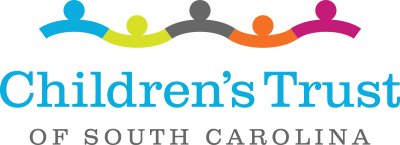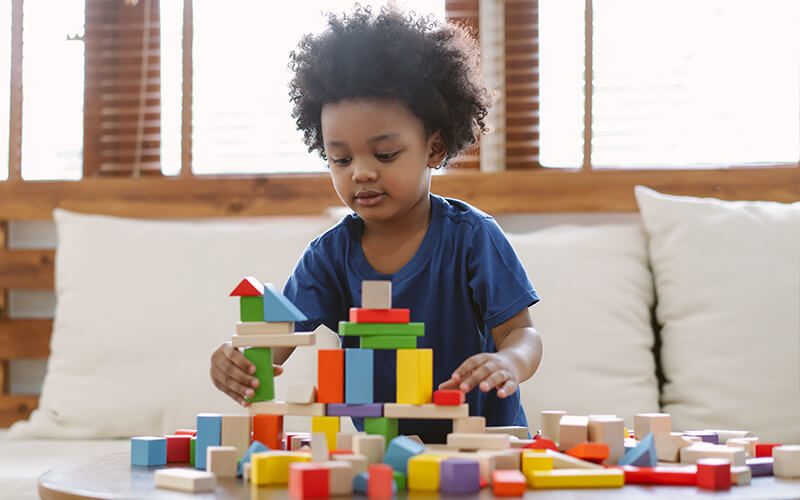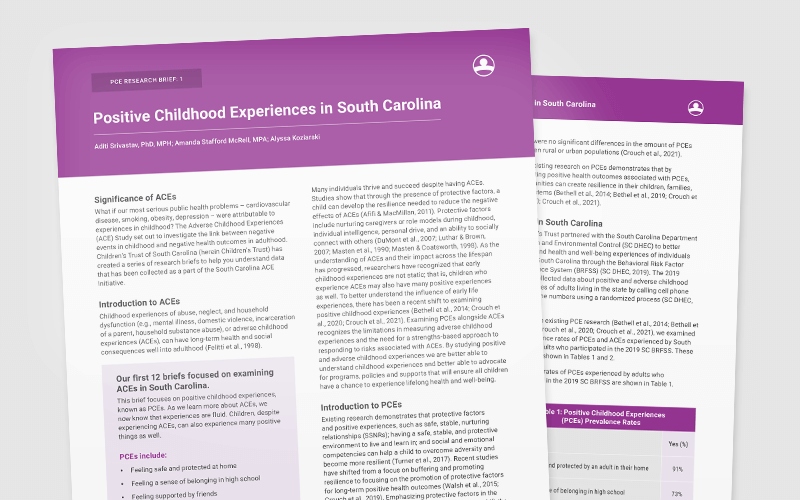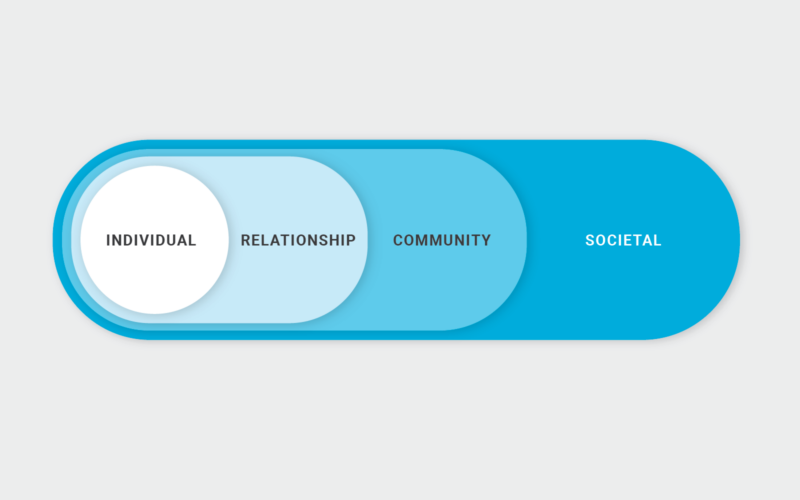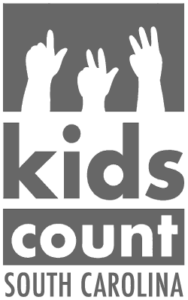We focus on the well-being of all South Carolina children. Too many children suffer from a scarcity of resources and opportunity based on their skin color, zip code, family status and other factors beyond their control. We work to ensure that all families and children have what they need to succeed and thrive.
Children live within a family, that has friends and are part of a community. That community will have organizations that serve families and children. All operate under the policies, practices and laws of our society and state. We have to work at each of these levels – individual, relationship, community and societal – to reduce child abuse and neglect.
The Social Ecological Model
Exploring the interplay between individuals, community and society to better understand how factors at one level including factors at another.
Learn about the social ecological model

